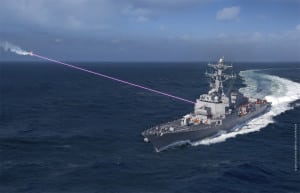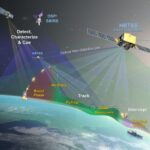
Lockheed Martin [LMT] has a strategy to scale up laser weapon production as the Defense Department increases demand for the technology, according to a company official. “The ability to ramp up is actually very, very good…Across Lockheed Martin we’ve looked at the critical elements of laser production and what it would take for us, whether it’s through our supply chain or through our internal manufacturing, what it would take to scale up to different levels of production and so we…

 By
By 











